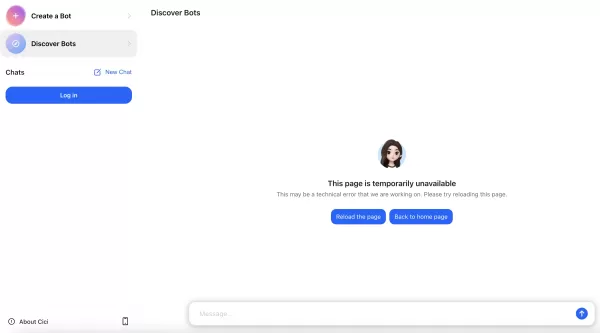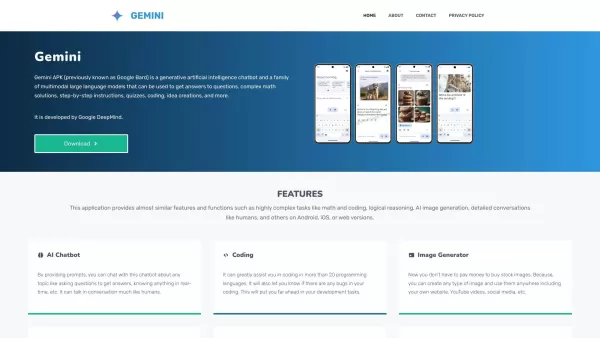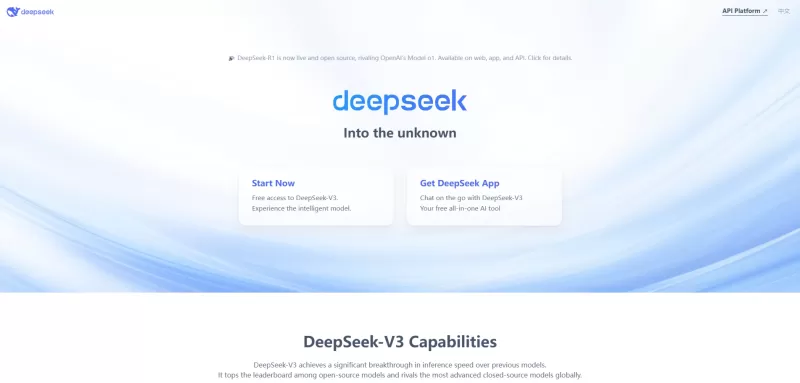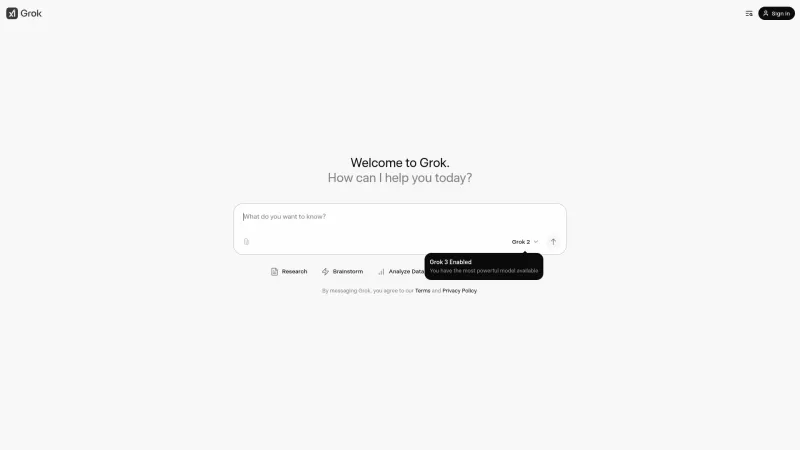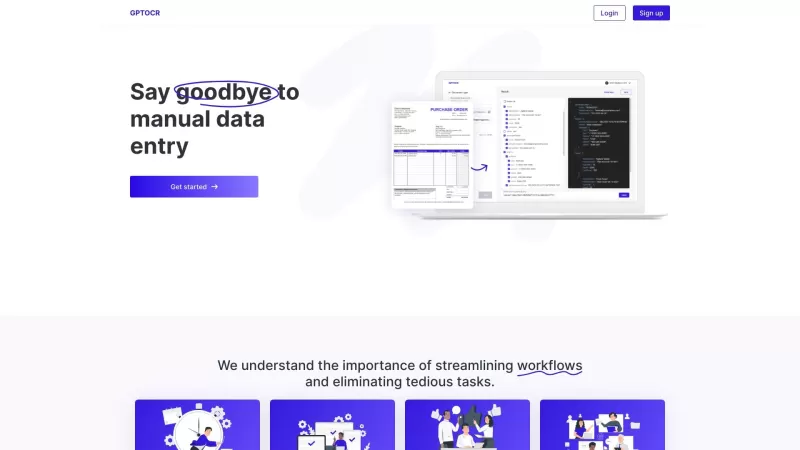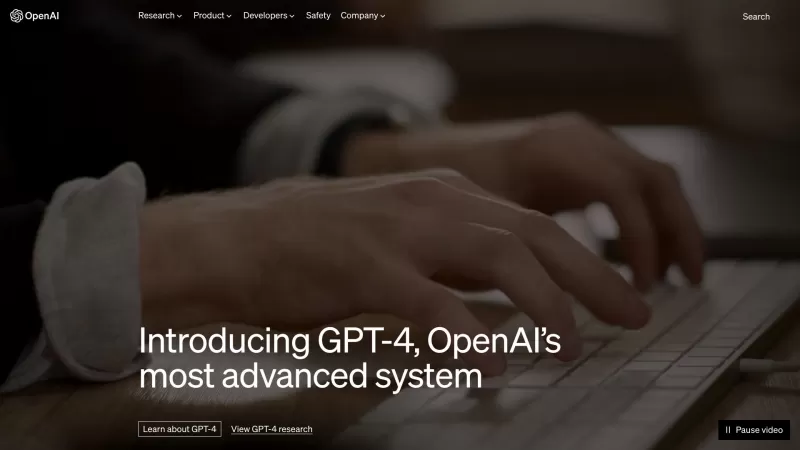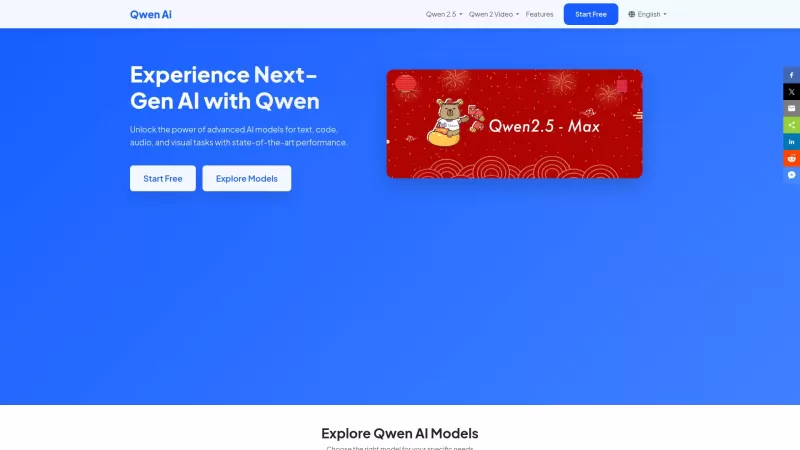AI Automation Boosts Efficiency and Drives Business Growth
In today's competitive business landscape, operational efficiency directly impacts profitability. AI-powered automation presents a transformative approach to optimizing workflows, reducing overhead, and driving sustainable growth. This guide examines practical strategies for implementing intelligent automation solutions that deliver measurable business results.
Key Points
AI automation reduces operational friction by eliminating repetitive manual processes.
Strategic workflow analysis identifies high-impact automation opportunities.
Documented linear processes optimize AI implementation effectiveness.
Integration platforms like Make.com enable cross-system automation.
Specialized services like Raizor.co provide expert AI automation implementation.
Unlocking Efficiency: The Power of AI Automation
Why AI Automation is Essential for Modern Businesses
Contemporary organizations face mounting pressure to enhance productivity while controlling costs. Intelligent automation addresses these challenges by systematically replacing manual tasks with algorithmic precision, allowing teams to redirect efforts toward innovation and strategic initiatives.

Beyond cost reduction, automated workflows minimize human error while accelerating execution speed—critical advantages in time-sensitive industries. Forward-thinking companies recognize that automation adoption is transitioning from competitive differentiator to operational necessity as technology continues advancing.
The Mindful Approach: Identifying AI Automation Opportunities
Successful automation begins with comprehensive process evaluation rather than hasty tool adoption. Business leaders should methodically assess existing operations to pinpoint repetitive, rules-based tasks that consume disproportionate resources.

Prioritize automating high-frequency, standardized processes rather than complex one-off tasks. This selective approach maximizes ROI while minimizing implementation complexity. Document current workflows extensively—this foundation enables precise automation targeting and measurable performance improvements.
Creating Linear Workflows for AI Integration
Effective automation requires decomposing processes into discrete, sequential steps. Visual mapping tools like Miro or Figma can model these workflows, though even basic documentation methods suffice initially.

This structural clarity serves dual purposes: it identifies automation touchpoints while creating the framework for measured process improvements. Well-documented workflows also facilitate smoother staff transitions and continuous optimization.
Hands-On Guide: Building an AI-Powered Workflow
Leveraging Make.com for AI Automation
Make.com (formerly Integromat) provides robust workflow automation capabilities through its extensive integration library and intuitive visual builder. The platform's modular approach enables tailored automation solutions across business functions.

Implementation Framework
- Jotform Integration: Configure webhook triggers to initiate workflows based on form submissions or other events.
- AI Module Configuration: Implement OpenAI or other AI services to process and transform data.
- Google Services Connection: Establish data flow between automation outputs and business applications.
- Field Mapping: Ensure accurate data transfer between system components.
For visual content generation, reference specialized prompt engineering resources like Pitch.com's free PDF guide covering technical specifications such as camera angles and shot composition.

Frequently Asked Questions
What are the benefits of AI automation in business?
Intelligent automation delivers operational resilience through error reduction, process acceleration, and cost optimization while unlocking human capital for higher-value activities.
How can I identify tasks suitable for AI automation?
Focus on repetitive, rules-based processes with clear input/output parameters and high execution frequency—particularly those requiring significant staff time investment.
What is make.com, and how can it help with AI automation?
Make.com operates as an integration platform that connects disparate business applications, enabling customized automated workflows with AI processing modules.
Related Questions
Can AI replace human creativity?
While automating repetitive tasks, AI serves to augment rather than replace human ingenuity—particularly in areas requiring emotional intelligence, abstract reasoning, and innovative problem-solving.
Is AI automation expensive?
Implementation costs vary by complexity, but cloud-based solutions and modular platforms make entry-level automation accessible. ROI typically justifies investment through compounded efficiency gains.
Related article
 OpenAI Appoints New Nonprofit Advisors to Oversee Governance
OpenAI has unveiled its inaugural advisory board for the nonprofit oversight committee, appointing four distinguished leaders: civil rights icon Dolores Huerta, educator Monica Lozano, public health expert Dr. Robert K. Ross, and technology advocate
OpenAI Appoints New Nonprofit Advisors to Oversee Governance
OpenAI has unveiled its inaugural advisory board for the nonprofit oversight committee, appointing four distinguished leaders: civil rights icon Dolores Huerta, educator Monica Lozano, public health expert Dr. Robert K. Ross, and technology advocate
 AI-Generated Tune Analysis: Breaking Down Michael Jackson's 'See You Again' Cover
The music industry is undergoing transformative changes through artificial intelligence, particularly in the realm of AI-generated covers that reinterpret classic songs through new artistic lenses. This exploration focuses on a groundbreaking AI rend
AI-Generated Tune Analysis: Breaking Down Michael Jackson's 'See You Again' Cover
The music industry is undergoing transformative changes through artificial intelligence, particularly in the realm of AI-generated covers that reinterpret classic songs through new artistic lenses. This exploration focuses on a groundbreaking AI rend
 Google.org Accelerator Unveils New Generative AI Cohort
Google recently unveiled the 20 innovators selected for its latest Google.org Accelerator: Generative AI program. These forward-thinking organizations will leverage AI technology to tackle pressing global challenges spanning emergency response, healt
Comments (0)
0/200
Google.org Accelerator Unveils New Generative AI Cohort
Google recently unveiled the 20 innovators selected for its latest Google.org Accelerator: Generative AI program. These forward-thinking organizations will leverage AI technology to tackle pressing global challenges spanning emergency response, healt
Comments (0)
0/200
In today's competitive business landscape, operational efficiency directly impacts profitability. AI-powered automation presents a transformative approach to optimizing workflows, reducing overhead, and driving sustainable growth. This guide examines practical strategies for implementing intelligent automation solutions that deliver measurable business results.
Key Points
AI automation reduces operational friction by eliminating repetitive manual processes.
Strategic workflow analysis identifies high-impact automation opportunities.
Documented linear processes optimize AI implementation effectiveness.
Integration platforms like Make.com enable cross-system automation.
Specialized services like Raizor.co provide expert AI automation implementation.
Unlocking Efficiency: The Power of AI Automation
Why AI Automation is Essential for Modern Businesses
Contemporary organizations face mounting pressure to enhance productivity while controlling costs. Intelligent automation addresses these challenges by systematically replacing manual tasks with algorithmic precision, allowing teams to redirect efforts toward innovation and strategic initiatives.

Beyond cost reduction, automated workflows minimize human error while accelerating execution speed—critical advantages in time-sensitive industries. Forward-thinking companies recognize that automation adoption is transitioning from competitive differentiator to operational necessity as technology continues advancing.
The Mindful Approach: Identifying AI Automation Opportunities
Successful automation begins with comprehensive process evaluation rather than hasty tool adoption. Business leaders should methodically assess existing operations to pinpoint repetitive, rules-based tasks that consume disproportionate resources.

Prioritize automating high-frequency, standardized processes rather than complex one-off tasks. This selective approach maximizes ROI while minimizing implementation complexity. Document current workflows extensively—this foundation enables precise automation targeting and measurable performance improvements.
Creating Linear Workflows for AI Integration
Effective automation requires decomposing processes into discrete, sequential steps. Visual mapping tools like Miro or Figma can model these workflows, though even basic documentation methods suffice initially.

This structural clarity serves dual purposes: it identifies automation touchpoints while creating the framework for measured process improvements. Well-documented workflows also facilitate smoother staff transitions and continuous optimization.
Hands-On Guide: Building an AI-Powered Workflow
Leveraging Make.com for AI Automation
Make.com (formerly Integromat) provides robust workflow automation capabilities through its extensive integration library and intuitive visual builder. The platform's modular approach enables tailored automation solutions across business functions.

Implementation Framework
- Jotform Integration: Configure webhook triggers to initiate workflows based on form submissions or other events.
- AI Module Configuration: Implement OpenAI or other AI services to process and transform data.
- Google Services Connection: Establish data flow between automation outputs and business applications.
- Field Mapping: Ensure accurate data transfer between system components.
For visual content generation, reference specialized prompt engineering resources like Pitch.com's free PDF guide covering technical specifications such as camera angles and shot composition.

Frequently Asked Questions
What are the benefits of AI automation in business?
Intelligent automation delivers operational resilience through error reduction, process acceleration, and cost optimization while unlocking human capital for higher-value activities.
How can I identify tasks suitable for AI automation?
Focus on repetitive, rules-based processes with clear input/output parameters and high execution frequency—particularly those requiring significant staff time investment.
What is make.com, and how can it help with AI automation?
Make.com operates as an integration platform that connects disparate business applications, enabling customized automated workflows with AI processing modules.
Related Questions
Can AI replace human creativity?
While automating repetitive tasks, AI serves to augment rather than replace human ingenuity—particularly in areas requiring emotional intelligence, abstract reasoning, and innovative problem-solving.
Is AI automation expensive?
Implementation costs vary by complexity, but cloud-based solutions and modular platforms make entry-level automation accessible. ROI typically justifies investment through compounded efficiency gains.
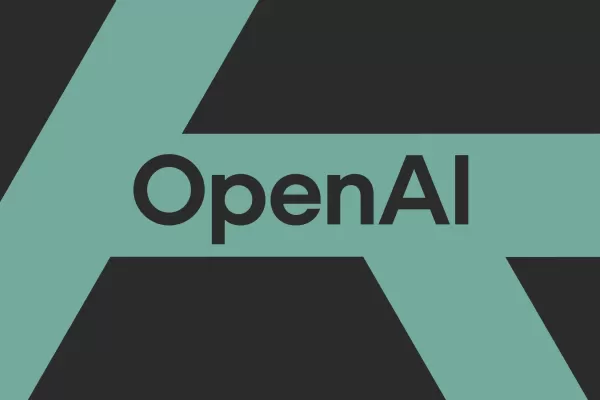 OpenAI Appoints New Nonprofit Advisors to Oversee Governance
OpenAI has unveiled its inaugural advisory board for the nonprofit oversight committee, appointing four distinguished leaders: civil rights icon Dolores Huerta, educator Monica Lozano, public health expert Dr. Robert K. Ross, and technology advocate
OpenAI Appoints New Nonprofit Advisors to Oversee Governance
OpenAI has unveiled its inaugural advisory board for the nonprofit oversight committee, appointing four distinguished leaders: civil rights icon Dolores Huerta, educator Monica Lozano, public health expert Dr. Robert K. Ross, and technology advocate
 AI-Generated Tune Analysis: Breaking Down Michael Jackson's 'See You Again' Cover
The music industry is undergoing transformative changes through artificial intelligence, particularly in the realm of AI-generated covers that reinterpret classic songs through new artistic lenses. This exploration focuses on a groundbreaking AI rend
AI-Generated Tune Analysis: Breaking Down Michael Jackson's 'See You Again' Cover
The music industry is undergoing transformative changes through artificial intelligence, particularly in the realm of AI-generated covers that reinterpret classic songs through new artistic lenses. This exploration focuses on a groundbreaking AI rend
 Google.org Accelerator Unveils New Generative AI Cohort
Google recently unveiled the 20 innovators selected for its latest Google.org Accelerator: Generative AI program. These forward-thinking organizations will leverage AI technology to tackle pressing global challenges spanning emergency response, healt
Google.org Accelerator Unveils New Generative AI Cohort
Google recently unveiled the 20 innovators selected for its latest Google.org Accelerator: Generative AI program. These forward-thinking organizations will leverage AI technology to tackle pressing global challenges spanning emergency response, healt

